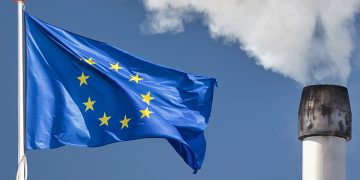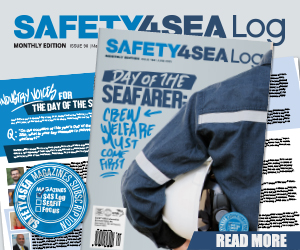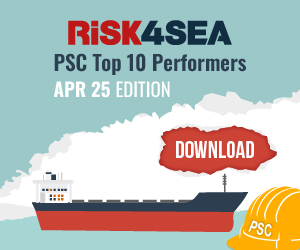Woods Hole Oceanographic Institution (WHOI), as a part of the Stantec Team, has been selected by an interagency scientific review panel to lead a long-term scientific study of the Arctic marine ecosystem along the Beaufort Sea shelf from Barrow, Alaska, to the Mackenzie River delta in Canadian waters. The Marine Arctic Ecosystem Study (MARES) stems from increased attention in the Arctic region to climate change, energy development, and sustainability. Information gained will aid government, industry, and communities in making decisions related to regulations, resource management, economic development and environmental protection issues. WHOI scientists, as well as partners from more than 25 universities, environmental research organizations, private consulting firms, and independent scientists will be involved in the study. “We are delighted to be participating in this innovative and ambitious project,” says Carin Ashjian, a senior scientist and project lead at WHOI. “The Beaufort Sea is vulnerable to ongoing climate and environmental change. It’s exciting to be part of a collaborative team that includes academic and industry scientists to advance our understanding of the ecosystem processes in this region and contribute to the models that can help society plan for and mitigate changes.” Public/Private Partnership MARES is an integrated ecosystem research initiative ...
Read moreDetails

























































